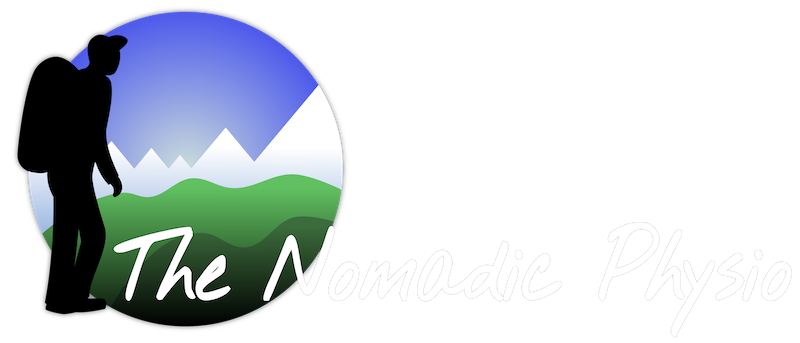Tibial plateau injuries are rather serious and complex, and can require a fair amount of time on the sidelines for the individual, depending on the extent or type of fracture (tibial plateau fractures are classified into 6 types).
What is the Tibial Plateau?
The tibial plateau is one of the load bearing structures that holds most of the weight of the body, therefore if it is injured it can impact the lifestyle of the individual to a great extent. It is the proximal end of the tibia (top end of the tibia if you look at the body in a standing position), a broad flat area that articulates with the condyles of the femur. It is separated into two sides the medial (or inner aspect) and lateral (outer aspect) condyles by the intercondylar eminence.
How does it occur?
Recently a skier I have been treating for this, described his injury in the following way:
“I was skiing down a normal run with a little lower light than usual at a fair speed when I hit a roller and was taken off balance a little. Then I hit another roller straight away and was caught off guard and started to fall. My back edge of the ski caught the snow and twisted the knee to an extreme range creating incredible pain”
Essentially these injuries are caused by a really strong force with the leg either bending in or bending out at the knee (varus/valgus) or with a simultaneous vertical stress whilst the knee is in flexion.
Signs and Symptoms:
- Reports of a traumatic incident.
- Pain.
- Swelling.
- Unable to bear weight.
- Restricted range of motion of the knee.
- Bruising.
Diagnosis
X-ray’s tend to be the best way to diagnose these injuries.
Types of Tibial Plateau Fractures (the Schatzkers classification):
Type 1: A split fracture of lateral (outside) tibial plateau.
Type 2: A combination of a split and depression fracture of lateral tibial plateau.
Type 3: A depression # of lateral tibial plateau (often seen in older patients)
Type 4: A fracture involving medial (inside) tibial plateau
Type 5: A fracture/fracture’s involving both tibial plateau’s
Type 6: A fracture of either medial or lateral plateau with a secondary fracture of the proximal tibia.
[siteorigin_widget class=”SiteOrigin_Widget_Image_Widget”]
“,”before_title”:”
“,”after_title”:”
“,”widget_id”:”widget-1-0-0″}}” />[/siteorigin_widget]
[siteorigin_widget class=”SiteOrigin_Widget_Image_Widget”]
“,”before_title”:”
“,”after_title”:”
“,”widget_id”:”widget-1-1-0″}}” />[/siteorigin_widget]
[siteorigin_widget class=”SiteOrigin_Widget_Image_Widget”]
“,”before_title”:”
“,”after_title”:”
“,”widget_id”:”widget-1-2-0″}}” />[/siteorigin_widget]
Treatment:
Please note the below is only a general initial guide, and everyone is not the same. For more specifics please contact myself or your usual physiotherapist for more detailed information regarding your circumstances.
Treatment depends on the severity of the case and if surgery has been performed or not. Taking the case in the photo above in which surgery had been performed, the individual would be non-weight bearing though that limb for up to and including 10-12 weeks.
A generalised guide is what follows:
Weeks 0-2
- Swelling management
- Early range of motion (40 – 60 degrees and hopefully up to 90 degrees by 2 weeks)
- Active and active assisted exercises into flexion and extension.
- Ankle pumps (forwards and backwards of the ankle)
- Gluteal exercises
Weeks 2-4
- Swelling and scar management
- Active and active assisted exercises from 0 – 90 degrees
- Isometric quadriceps exercises
- Gluteal exercises
Weeks 4-6
- Add in isometric hamstring exercises
Week 8-12 (dependent on progress and stability around the knee following thorough assessments and evaluations)
- Partial weight bearing to begin on crutches
- Quadriceps and hamstring exercises.
- Gait re-education
Week 12- onwards
- Weaned off crutches and fully weight bearing
- Gait re-education
- Strength and stability exercises increased progressively
As stated earlier, this is a generalised guide and not patient specific. All programs should be individualised and focused around the individual involved. For more specifics please contact myself or your usual physiotherapist for more detailed information regarding your circumstances.
Cheers!
-The Nomadic Physio
